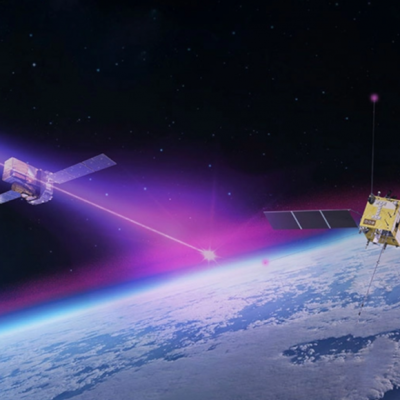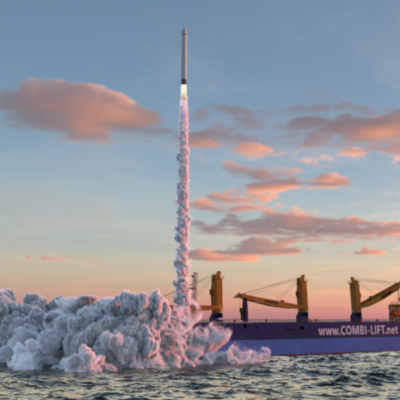A satellite network inspired by the Wild West’s Pony Express could improve data transmission between Mars and Earth while reducing costs. Researchers at the University of Illinois at Urbana-Champaign (UIUC) have used the Pony Express as a model for a satellite network that will transmit data between Earth and Mars. The system will use small satellites, known as Data Mules, to collect data from probes on Mars and relay it back to Earth. The Data Mules will travel in Cycler Orbits, which are flight paths that pass over multiple celestial bodies, using their own low-thrust propulsion system to achieve a cyclic orbit. The researchers estimate that the Data Mule network could transmit up to a Petabit (128 Terabytes) per year from Mars to Earth.
The Solar System Pony Express aims to expand the data transmission capabilities of the Deep Space Network (DSN) by using the idea of data transporters. The Data Mules will collect data from probes on Mars and relay it back to Earth in a relay system. This technique will increase bandwidth and reduce latency. The researchers believe that the use of Cycler Orbits will allow for the use of smaller spacecraft, making the transportation of secondary payloads much cheaper. The Data Mule network will also allow for the transmission of data from spacecraft already in orbit or on the surface of Mars during flybys.
According to Assistant Professor Robyn Woollands, the Data Mule network offers several advantages. The use of orbital acceleration allows for the use of smaller spacecraft, reducing costs. The network will also increase bandwidth and reduce latency, improving data transmission between Mars and Earth. The researchers are using a realistic model that takes into account the gravity of the Sun, Earth, and Mars to simulate the flight paths of the Data Mules. The Solar System Pony Express could revolutionize data transmission between Mars and Earth, reducing costs and improving efficiency.










